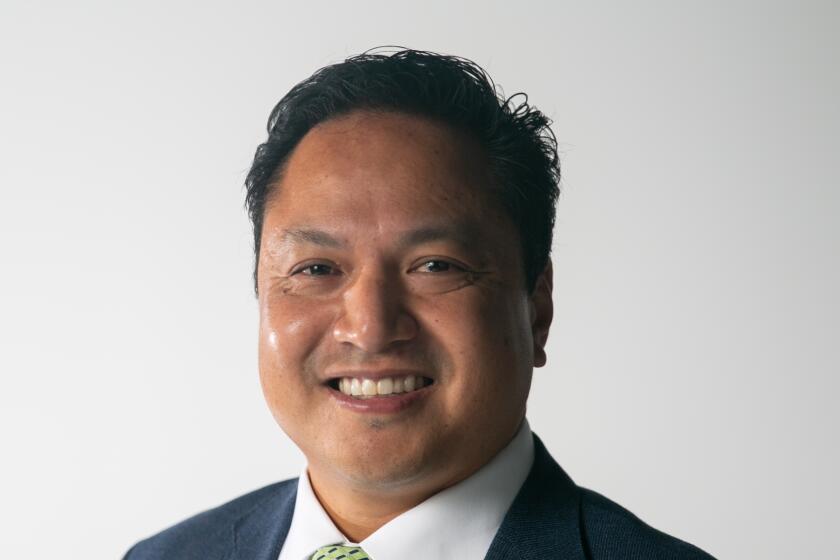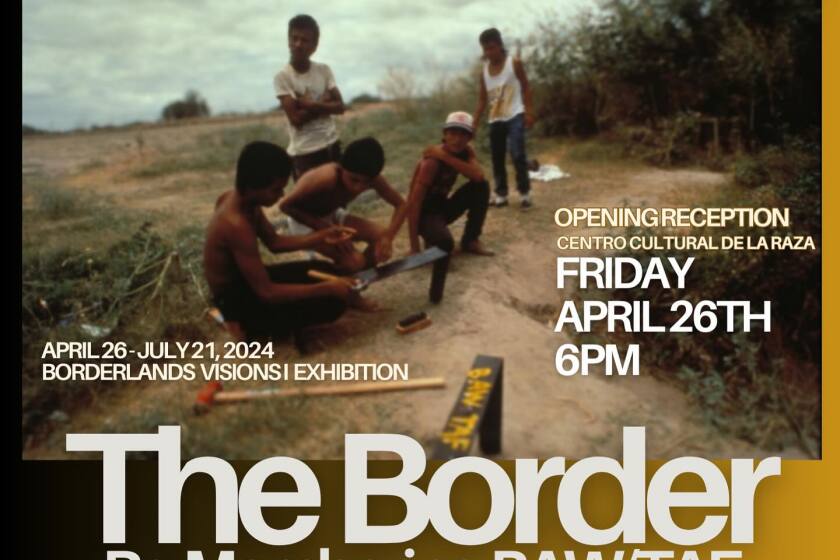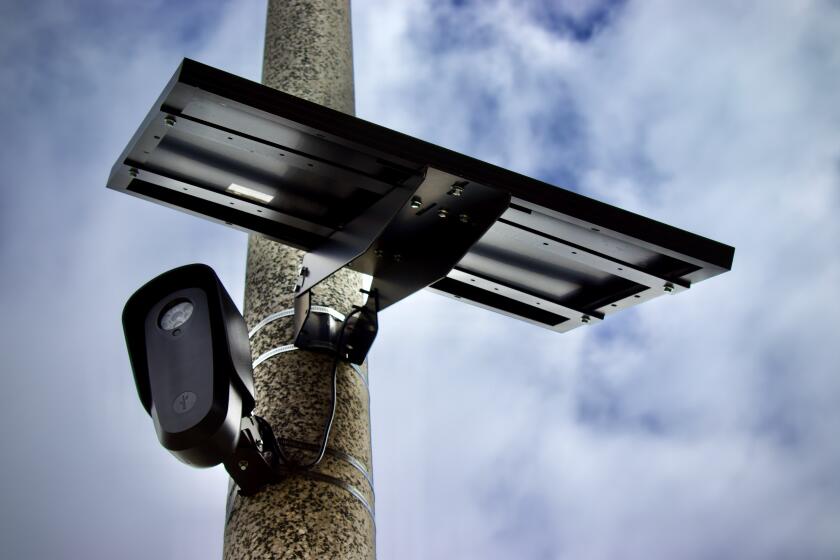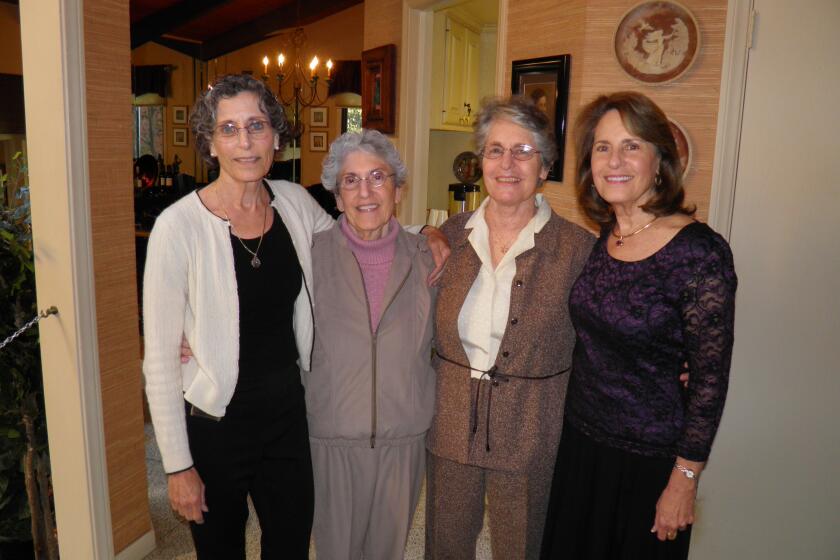2020 election: Q&A with Raul Campillo candidate for San Diego City Council District 7
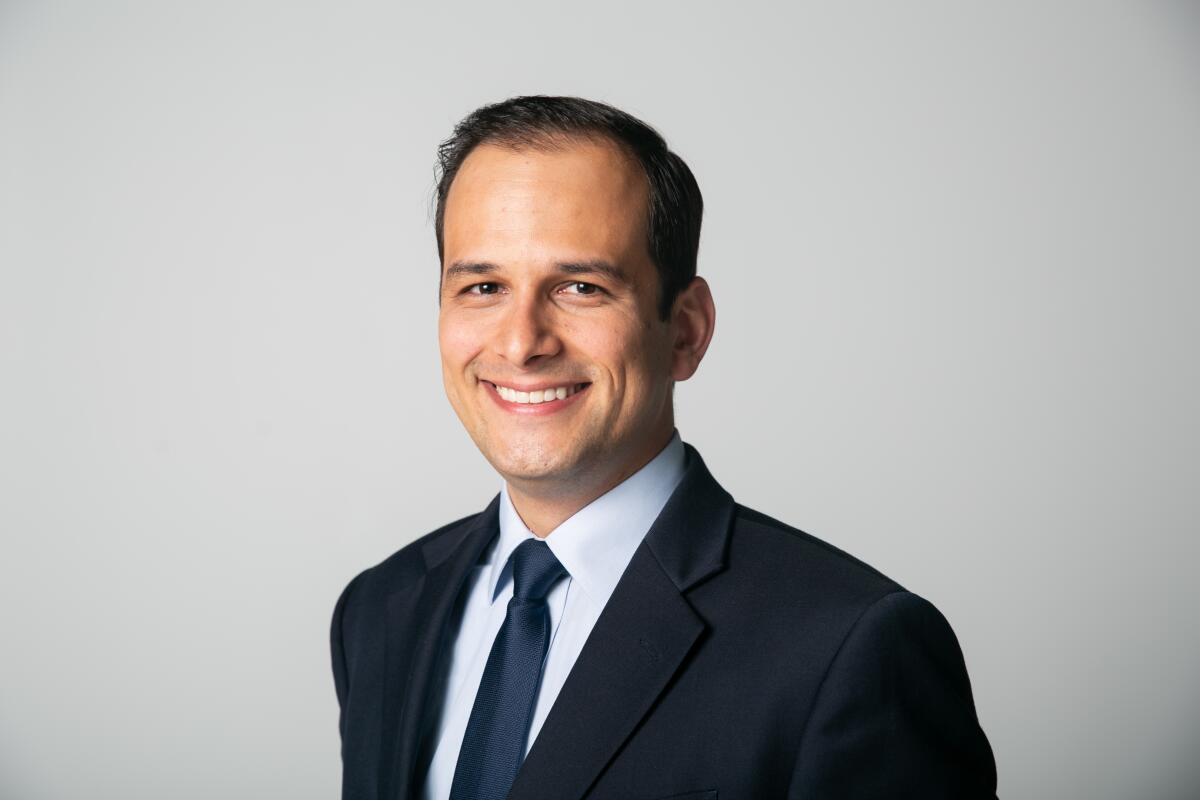
The San Diego Union-Tribune Editorial Board recently emailed a series of questions to Democrat Raul Campillo, who is running for San Diego City Council District 7 against Republican Noli Zosa.
Combined with flu season, the pandemic may pose even greater problems for San Diegans this winter. How will you balance public health and the economy if shutdowns are needed?
The health of the economy and the health of the public go hand-in-hand; if people are getting sick, they will be unable to participate in the economy, and this is why we must continue to promote mask wearing, hand sanitation, social distancing and staying home as much as possible so that shutdowns don’t have to be implemented. To those who think that the risk is low and therefore it is worth it to open up businesses completely again, we have to acknowledge the over 51,000 San Diegans who have tested positive for the coronavirus, and the 850 who have died. The lasting impacts of coronavirus are just now being understood, from neurological and cardiovascular degeneration, damaging our breathing, memory, and other impacts. We don’t even yet know if there is an immunity after catching the virus. And it has had an outsized impact on our doctors and nurses, in a city where health care is a large and important industry. Where there is difficulty in keeping businesses afloat, we should devote more resources to a city rescue fund, like the $6.2 million fund that was created in May 2020 to support small businesses. The long-term risk to our families and our children is great. This is a once-in-one-hundred-year challenge we face; if we take it seriously and take responsibility to minimize the spread, we won’t face another shutdown, and the economic impacts from a healthy public will be positive.
How satisfied are you with the progress the city has made on its Climate Action Plan and how will you ensure its legally binding goals are met?
I have reviewed the Climate Action Plan closely to know where we are ahead of schedule on meeting our goals, and where we are far behind. We are well ahead on lowering water use in terms of gallons per capita per day, we have successfully met our 98 percent to 99 percent of gas captured from wastewater treatment facilities goal with 16 years to spare, and we are close to meeting the 2020 interim goal of 15 percent tree canopy coverage citywide. We need to reinforce the importance of the goals we are very far from reaching: such as having 90 percent of our municipal fleet being zero emission vehicles (which is still manageable as the lifespan of the current fleet ends, we will replace vehicles with ZEVs), having a 25 percent reduction in city-operated facilities’ use of energy (we barely passed 3 percent from baseline in 2017, so this is a big lift), installing more roundabouts to save electricity, and increasing from 4 percent to 25 percent commuter transit mode share. These are just some of the goals, but I will work to identify parts of the District 7 community where the city can reduce its energy use, install roundabouts, and connect major housing areas with public transit. Each neighborhood, each pocket of businesses, each block should be aware of these goals, and I will help them identify ways to reach the goals. When you educate people about these policies, they tend to work toward them naturally—all it takes is leadership to make a big impact on these issues.
Neighborhoods south of Interstate 8, including communities of color, don’t always get the funding or consideration wealthier communities to the north get. How will you address that?
It is the council’s job to push the mayor during the budget process to equally consider all neighborhoods and their needs. I will collaborate with the council members from Districts 4, 8 and 9 and the community leaders that they say have the best solutions. But it is important to point out that District 7, though north of Interstate 8, has been ignored on infrastructure and handling the homelessness issues as well. Our canyons and the San Diego River need a lot of help in handling the homeless individuals who have moved away from downtown and the coast and into District 7. The roads out east in San Carlos and Allied Gardens are nearly disintegrating. The floods in Mission Valley are waist-high. Linda Vista’s parks need to be refurbished, well-lit and safer for people to take their children. Tierrasanta has many affluent areas, but it also has the second-most impoverished census tract in the district. And the number of unused lots in Serra Mesa have many prospective uses, like a grocery store or a senior community center, that go unfulfilled. And the low number of off-leash dog parks in District 7 and in Districts 4, 8 and 9 needs to be worked on. These issues in District 7, north of Interstate 8, are the same as those south of it. District 7 needs to be on other council members’ minds, too, and I will make those issues and those neighborhoods top priorities in the budget.
How, specifically, will you address the high cost of housing in San Diego?
First, I believe that the city must reduce financial barriers towards new construction. Construction costs have increased dramatically, and this is largely due to the amount of time it takes to navigate the complex and lengthy approval process. As a result, housing projects take too long to complete to the point they become financially untenable. I believe that the city must streamline the construction process, as well as reducing permit fees, to encourage new construction. Second, the city should also provide financial incentives, like a density bonus, for building affordably priced units in areas with transit options and where many jobs are located. A density bonus would allow for a greater number of housing units per site, in exchange for the provision of on-site affordable housing. Third, we must have regulatory predictability. Developers, contractors and financiers all want predictability, not changing the rules in the middle of a project. The city should promote rules and policies so that the repeat players in building our homes do not get blindsided by changes, thereby engendering mistrust among the parties and putting future development at risk. By adopting these policies, we can expand the supply of housing (including affordable housing) in San Diego. An increased housing supply would have tangible benefits to all of our city’s residents, including low-income and middle-class workers.
What will homelessness in San Diego look like at the end of your four-year term?
This is an issue where politicians promise easy solutions, and voters know it isn’t easy. Due to COVID-19 and the economic crisis, no one can honestly tell you what homelessness will look like in four years. Homelessness and housing affordability should be discussed together: we have to keep people in their homes, and we have to help those in our streets and canyons get into homes. What we have to do is try many different solution that address housing affordability and homelessness: prefabricated homes, tiny homes, more accessory dwelling units, purchasing older hotels, and constructing permanent supportive housing with the services, treatment, and resources to help drive down the cost of housing and help homeless individuals succeed in being housed. What must always be done, however, is communication and transparency with the neighborhoods where these programs will be implemented — community input is key.
Will — and how will — you accept and evaluate Mayor Kevin Faulconer’s proposal to redevelop the sports arena site?
As I said in my Zoom interview with The San Diego Union-Tribune Editorial Board, I think we should wait for the next council and the next mayor to finalize any deal. Let the voters have their voice heard in who makes the final decisions on the sports arena site. Land deals are difficult, and I respect that unforeseen consequences occur, but we’ve had too many mistakes made recently. Everyone in San Diego is excited to see the sports arena site revitalized. We shouldn’t let a proposal by an exiting mayor and five exiting council members be accepted when the voters are selecting so many new local leaders to make decisions from 2021 onward.
Read our Q&A with the other candidate in this race:
San Diego City Council District 7 candidate Noli Zosa on the pandemic, housing, climate and more.
Read our interview from the primary:
Raul Campillo, a candidate for San Diego City Council District 7, met with the San Diego Union-Tribune Editorial Board ahead of the 2020 primary election.
Get Weekend Opinion on Sundays and Reader Opinion on Mondays
Editorials, commentary and more delivered Sunday morning, and Reader Reaction on Mondays.
You may occasionally receive promotional content from the San Diego Union-Tribune.
